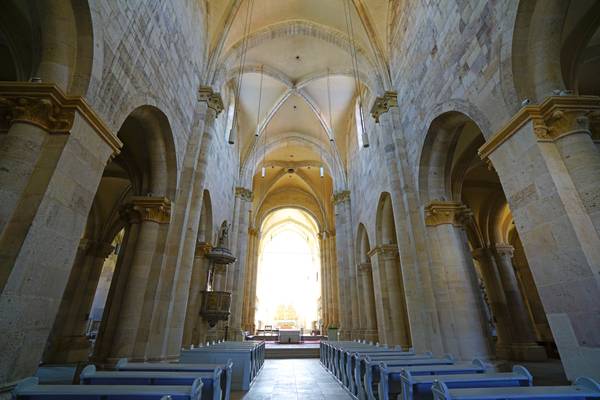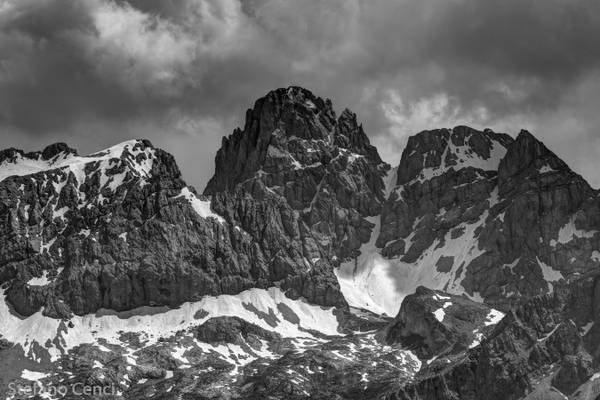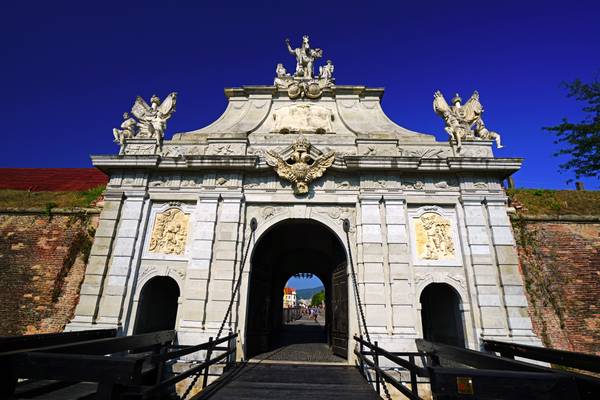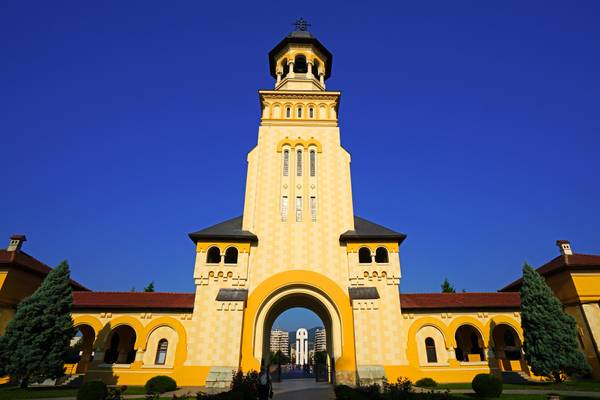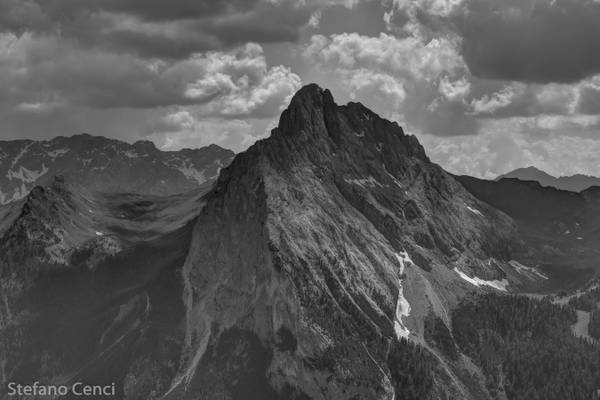
Alba
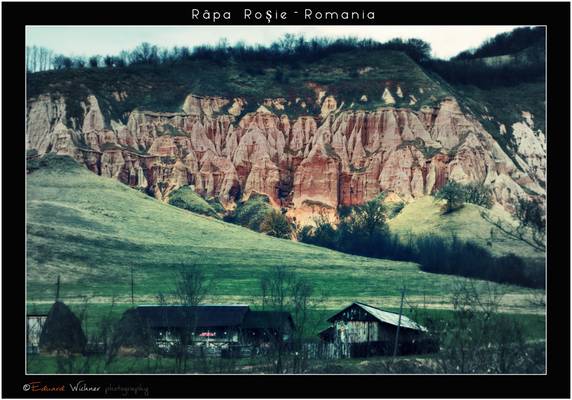
by Eduard Wichner
Râpa Roșie (Romanian for "red ravine") is a protected area, a monument of national interest in Alba County, Romania. It is a geological reserve, located in the extreme southwest of the Secaşelor Plateau on the right bank of the Secașul Mare, about 4 kilometres (2.5 mi) north of Sebeș. It is protected under IUCN Category IV. Erosion and runoff has given it a prominent, sharp rocky appearance in the mountainside. Râpa Roșie measures approximately 10 hectares in size. Râpa Roșie stretches over a length of 800 metres (2,600 ft). Its height measures between 50–125 metres (160–410 ft) (300–425 metres (980–1,394 ft) absolute altitude). A huge wall, almost vertical, gives the impression of a ruined ancestral monument. Tiered columns and pyramids, separated by ravines, form a badlands microrelief. The first report of a Coţofeni culture find at Râpa Roşie was made by Fr. W. Schuster in 1865. It was the first archaeological exploration made by him which revealed remnants of large and small pottery that had ornamentation, which also attested to the Coţofeni culture.
Thanks to all Phoide contributors to Alba!
Most notably Andrey Sulitskiy, Stefano Cenci and Eduard Wichner.

